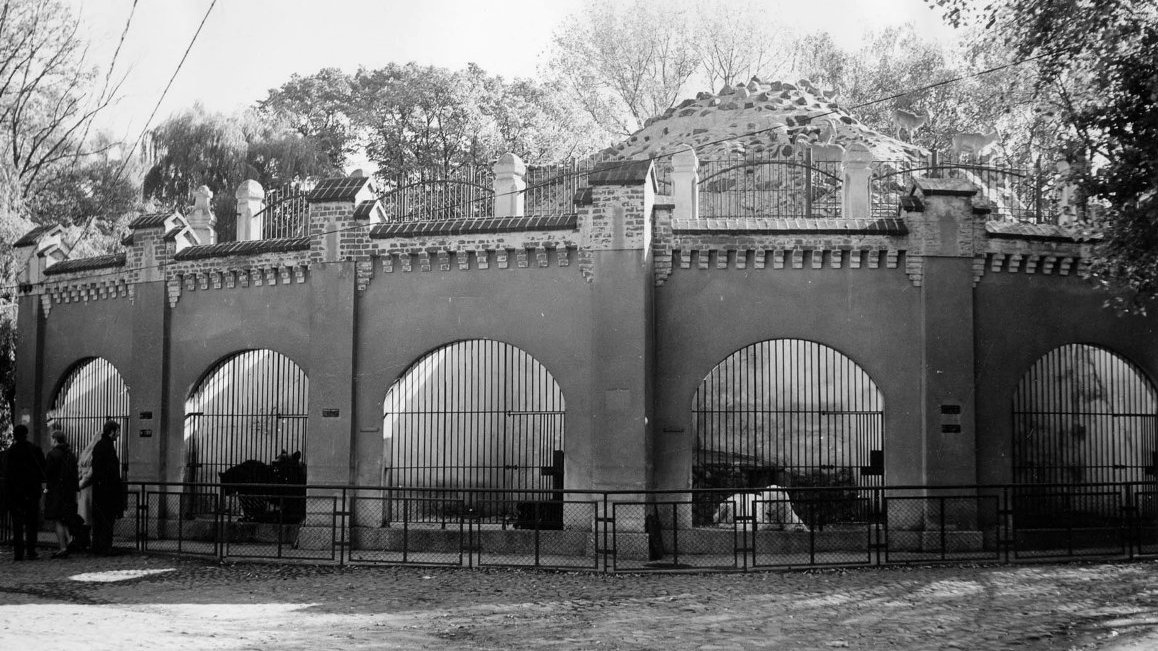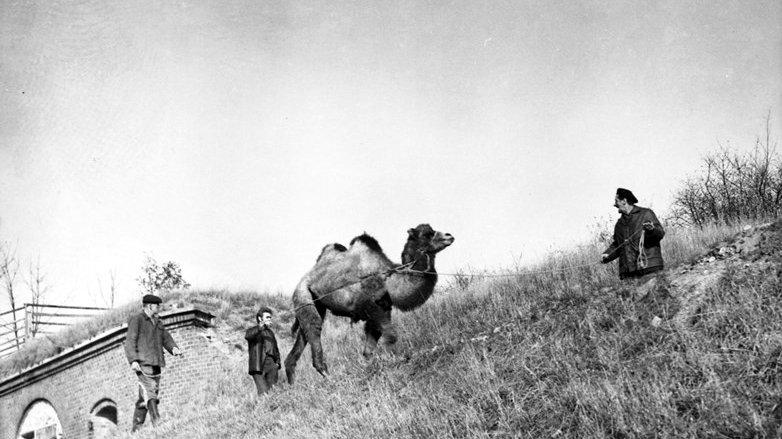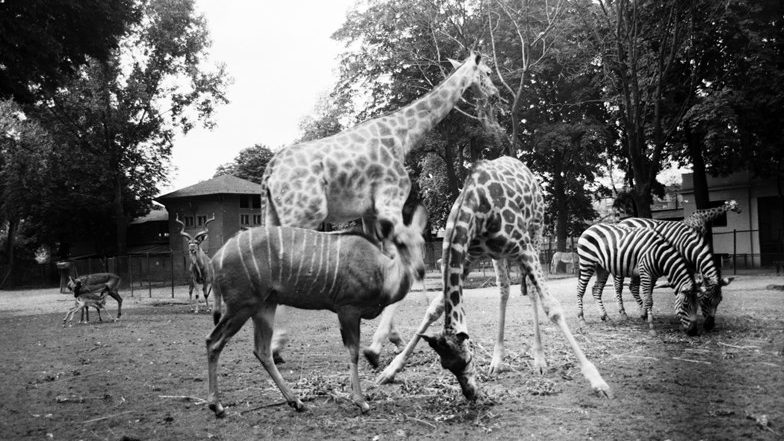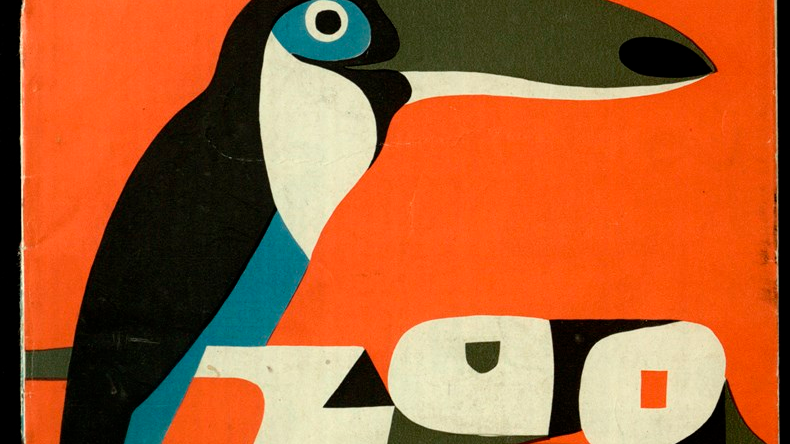The Poznań Zoo
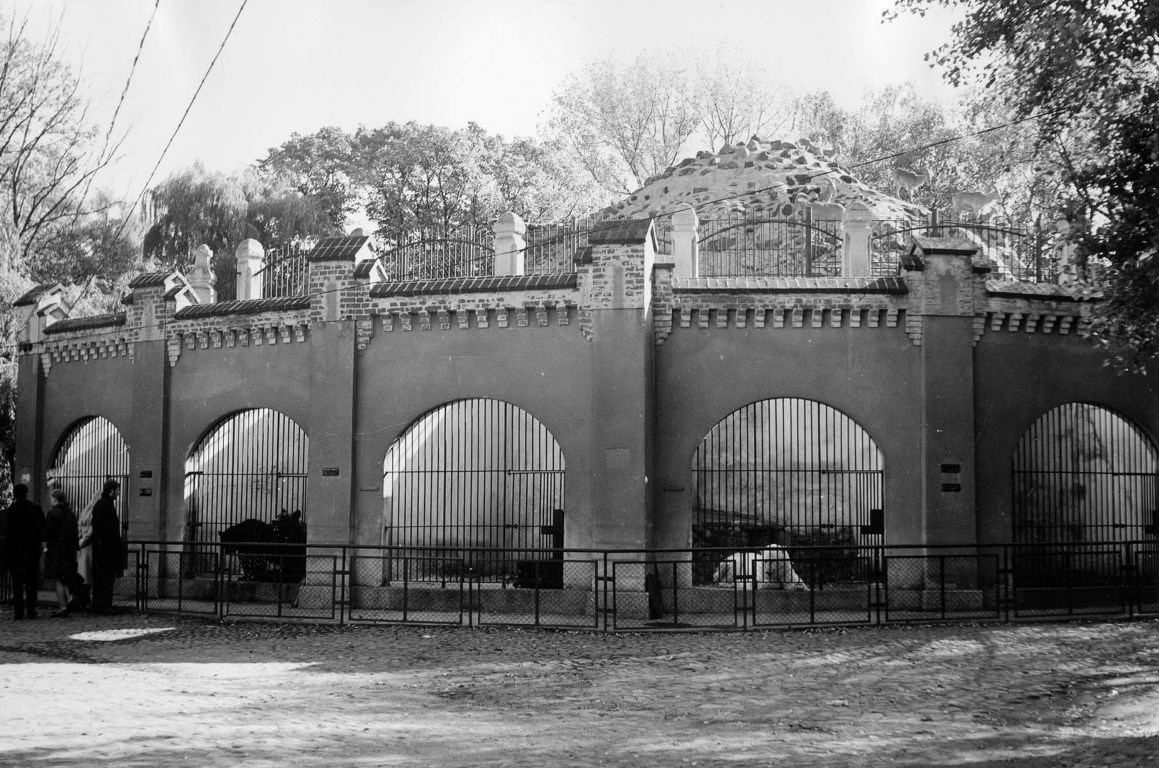
Modern zoological gardens, as we know them today, appeared in Europe in the early 19th century. Interest in wild animals was probably the result of stories coming from the colonised overseas territories of the world's greatest powers. To satisfy the curiosity of the Europeans who could not afford a journey to exotic destinations in Africa or distant America, thousands of animals were caught and removed from their natural habitats. The less familiar, the better. In 1794, the Jardin des Plantes was founded in Paris, followed by the establishment of the London Zoo in the Regent's Park in 1828. Further gardens that featured live animal were opened in Dublin in 1831, in Amsterdam in 1838 and in today's Germany in 1844-1869.
The Poznań zoo was established in 1871, which makes it one of Europe's thirty oldest zoological gardens. On 24 February 1874, the Jeżyce district "menagerie" was acquired by the Zoological Garden of Poznań, Joint Stock Society. 16 May 1875 marked the founding of the Zoological Garden Society, which survived until the outbreak of World War I.
Ever since its formation, the Poznań Zoo drew eager crowds and successfully procured the financial support of the Poznań public. Thanks to their donations, the zoo survived the initial years of hardship in Poland's early days as an independent country. When it seemed that investment in the General National Exhibition would put the zoo on a path of accelerated development, the Second World War broke out. After it ended, a laborious restoration of the zoo began. Animals were brought to Poznań from the devastated Wrocław and Leszno zoos, among other places. For a moment, the city considered moving the zoo to the Golęcin district, only to eventually settle on upgrading the ul. Zwierzyniecka area for that purpose. In the 1960s, large giraffe, antelope, zebra and ostrich enclosures were made there along with an aquarium pavilion and bird and reptile enclosures. The number of animal species on view continued to grow.
Soon, the zoo became too small not only to hold the existing animals, but also to offer proper breeding conditions in its limited space. Former zoo visitors will surely recall the confined enclosure of Jurek the hippo, the depressing concrete circular living quarters of Kinga the elephant as well as bear, lion and tiger cages that hardly afforded the animals space to move. Hence, in the late 1960s, a decision was made to build a New Zoo in Biała Góra to the east of Lake Malta. To that end, the Social Committee for the Construction of the New Zoo was established in 1967. Again, local community contributions saved the day allowing the construction to begin in 1970. As most of the area was forested, the woods had to be cleared and the area fenced in. Enclosures, pavilions, and visitor paths had to be built while the animals, including such "cumbersome" species as the bison, had to be transported from the Old Zoo. A shipment of camels came in from the Soviet Union. In 1974, on the 100th anniversary of the Old Zoo, the Wielkopolska Zoological Park, officially named the New Zoo, opened to the public.
Today, zoos serve many purposes other than merely displaying exotic specimens of animals. They help to protect and breed endangered species, and at times, as has been the case in Poznań, offer refuge to animals abused by their owners. Over the course of 150 years, views on what makes a modern zoo have changed substantially. Zoological gardens have come to provide animals with a living environment that closely mimics their natural habitats.
The opening of the New Zoo was expected to result in a phase-out of its predecessor. However, that changed after 1976, when the ul. Zwierzyniecka area was registered as a historic district. Today Poznań boasts having two very different zoological gardens which not only show animal species but also offer two distinct types of visitor experience. The Old Zoo, with its intimate family atmosphere, has become an urban park inhabited by small animals, mainly domesticated, as well as some exotic ones. The New Zoo, on the other hand, with its vast swathes of land, offers amazing pavilions, such as the modern elephant house dating back to 2009.
150 years has given the Old Zoo ample time in which to compile an impressive archive. The online Cyril museum offers only a small part of it - photos, advertising prints, postcards and guidebooks - although even its subcollection contains thousands of items. Work is underway to create a garden museum in the Old Zoo with many other such souvenirs on view. It is only in the Cyril repository though that one can watch the amateur film by Adam Gatniejewski, made by his father in 1938 during a zoo visit, showing the animals held there shortly before the outbreak of World War II.
Paweł Michalak
translation: Krzysztof Kotkowski
© Wydawnictwo Miejskie Posnania 2021
See more

From One Celebration to Another

Christmas Markets and Fairs with Attractions

Truly Festive Vibes

